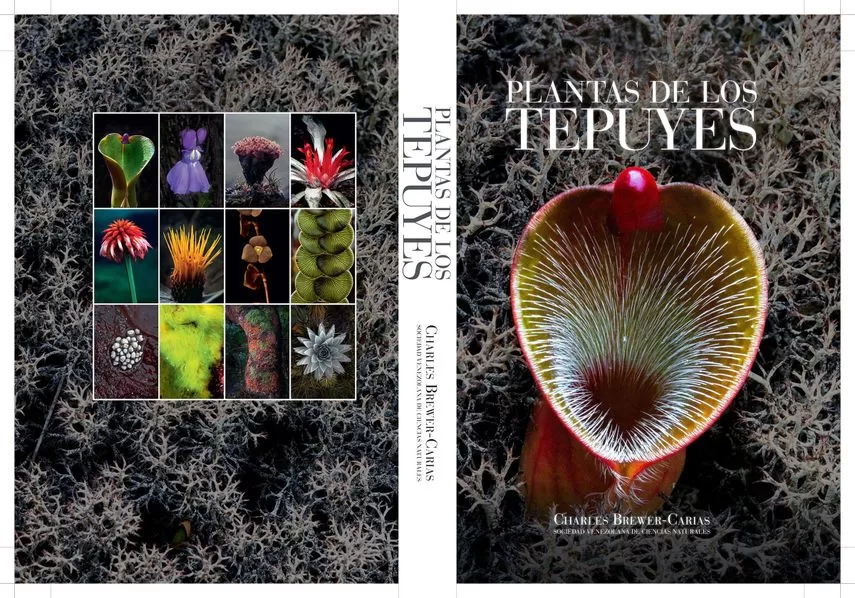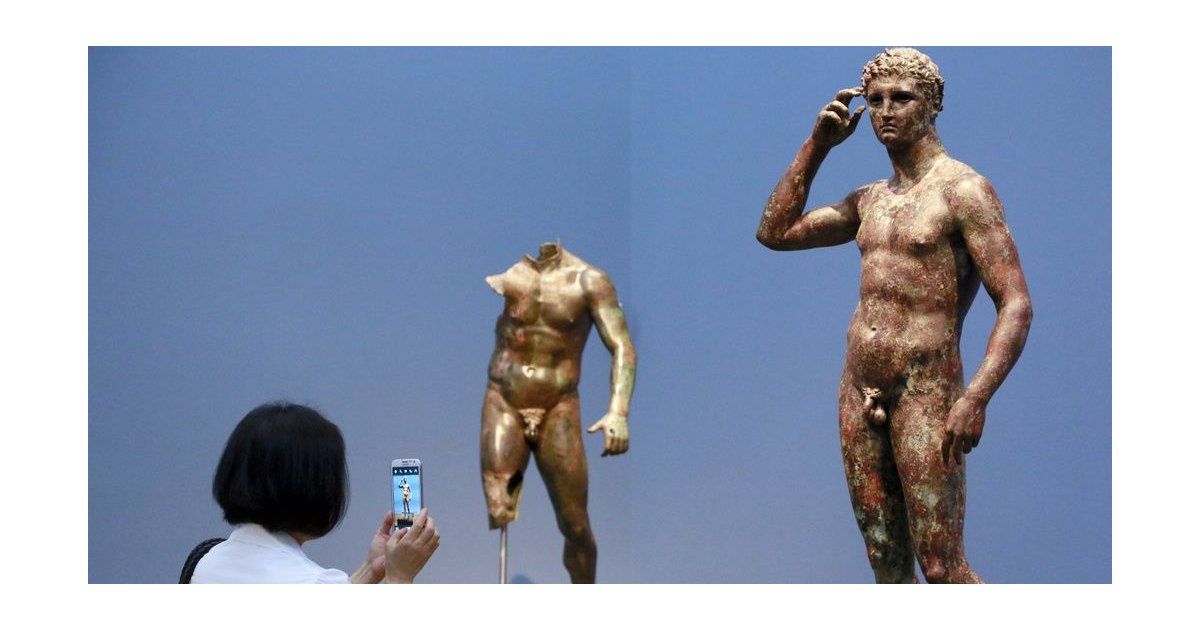In his most recent book, titled Tepui plants (Giselle Petricca, Charles Brewer-Caras editors, Caracas 2024), Charles Brewer-Caras makes an admirable inventory of the vegetation that lives on the summits of the mythological mountains of Guyana and Amazon. In his pages are captured the experiences of his 83 expeditions to 31 tepuyesillustrating with extraordinary photographs each of the species that have survived for 250 million years on those islands in time, when the primordial supercontinent or Pangeabegan to separate, forming the current six continents.
In its 465 pages, the reader will be able to admire the mechanisms of the carnivorous plants Heliamphoras and Droseras, as well as Bromeliads, Navias, Orchids, Ferns, lichens and algae, all of which are characterized by being unique species, living witnesses of the evolution of the planet. Brewer dedicates a chapter to an unusual discovery for science, the Bioespeleotemasa strange organism, half mineral and half plant, that has reproduced in the caves of those mountains and that scientists from various international institutions, including the NASAhave been interested in the rarity of this species, including speculation about its extraterrestrial origin, that is, its arrival on Earth transported by an asteroid millions of years ago.
As its author expresses it: Of the wonderful plants that I will show in this publication, there are many that will be completely unknown to any botanist who has not visited those peaks, where 885 plants have been found so far that are endemic species and different from those that grow anywhere else on the planet. The region we call Pantepui Biogeographic Province, is the oldest on the planet and includes the summits of the mountains or tepuis (sandstone and quartzite formations), which are located between 1,500 and 3,000 meters above sea level in the Guayana region. The tepuis are scattered throughout these territories, but related to each other as if they were an immense archipelago in the middle of a sea of clouds.
In the 1970s, I had the privilege of participating in several of his expeditions to Guyana and the Amazon led by Brewer, reporting on his discoveries. Charles Brewer-Caras (1938), Member of the Academy of Physical, Mathematical and Natural Sciences of Venezuela, as well as of the Venezuelan Society of Natural Sciences, is the most experienced explorer of Guyana and the Amazon and a prominent naturalist, author of the most important ethnobotanical inventories of those regions south of the Orinoco. He has led 245 expeditions to Guyana and the Amazon. During his explorations he has been accompanied by renowned international scientists. In recognition of his work, 29 species of plants and animals have been named after him. To bear witness to these explorations, he has published 14 profusely illustrated books about that vast region and has published dozens of academic works on his discoveries in recognized scientific publications, such as the American Journal of Physical Anthropology, Economic Botany, Memoirs of The New York Botanical GardenMichigan State University, among others, contributing with their geographical, speleological, botanical, zoological, ethnological and anthropological studies, carried out in their explorations.
I think the foreword written by Brian M. Boom, Ph.D., director of the New York Botanical Garden, sums up the importance of this book. This illustrious scientist describes Brewer-Caras as the most extraordinary explorer of The Lost World, alluding to Arthur Conan Doyle’s book about a Jurassic bubble that survived to the present. In the annals of history – Boom comments – the names of some of the best-known heroes of exploration and their legendary discoveries have been recorded: in Asia, Roy Chapman Andrews, in Africa, David Livingstone and in South America, Alexander von Humboldt. , just to name a few. But from my point of view, at the beginning of the 21st century, there is an explorer whose name belongs to the same category of the most important explorers and discoverers of all time. The readers of Plants of the Tepuis You will understand why, in my opinion, the author of this book is one of those explorers. I met Charles Brewer-Carias four decades ago, when he invited me to participate in the expedition to Cerro de la Neblina (1983-1987), a remote and jungle site south of Venezuela, on the border with Brazil, in the region known as The Lost World, for readers familiar with the writings of Sir Arthur Conan Doyle. Without a doubt, this has been the most notable expeditionary effort in the history of the natural sciences of the entire world. Taking into account that 145 researchers from 24 scientific and academic organizations in 6 countries, experts in 10 different scientific disciplines, participated, this represents an unprecedented wealth of scientific information that has not been surpassed since then.
Reading and being amazed by the rare beauty of the species photographed and described in this book coincides with disturbing news about what is currently happening in those territories. Those of us who have explored the region and lived with its indigenous people cannot help but reflect and warn about the ongoing ecocide that is happening there. He Amazonas Venezuela is part of the green lung of the planet and constitutes one of the most prodigious reserves of natural resources in the world. Its rainforests are 75 million years old and sustain the climate balance by producing clouds, rain, water and oxygen for the entire planet; its flora species are unique in the world. The ancient cultures of the ethnic groups that live there are a reservoir of the ancestral wisdom of humanity. However, the state of ungovernability of these territories is regrettable, where illegal mining is indiscriminately destroying the jungle, using mercury in the gold extraction process, damaging the soils and poisoning the rivers.
Books like this reveal to us the beauty and importance of the life that lives in the jungles of Guayana and the Amazon, their dissemination will contribute to raising awareness about their preservation.
(email protected)




